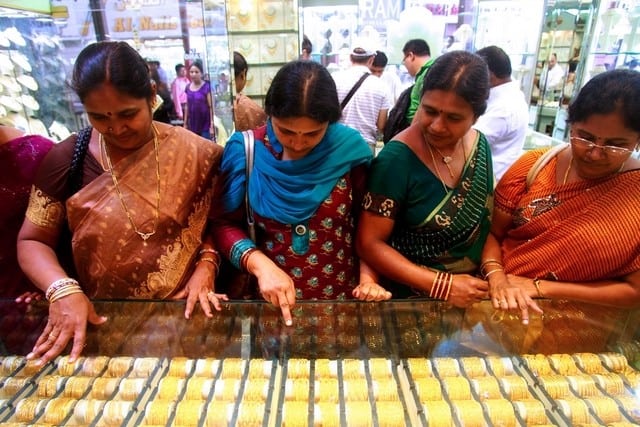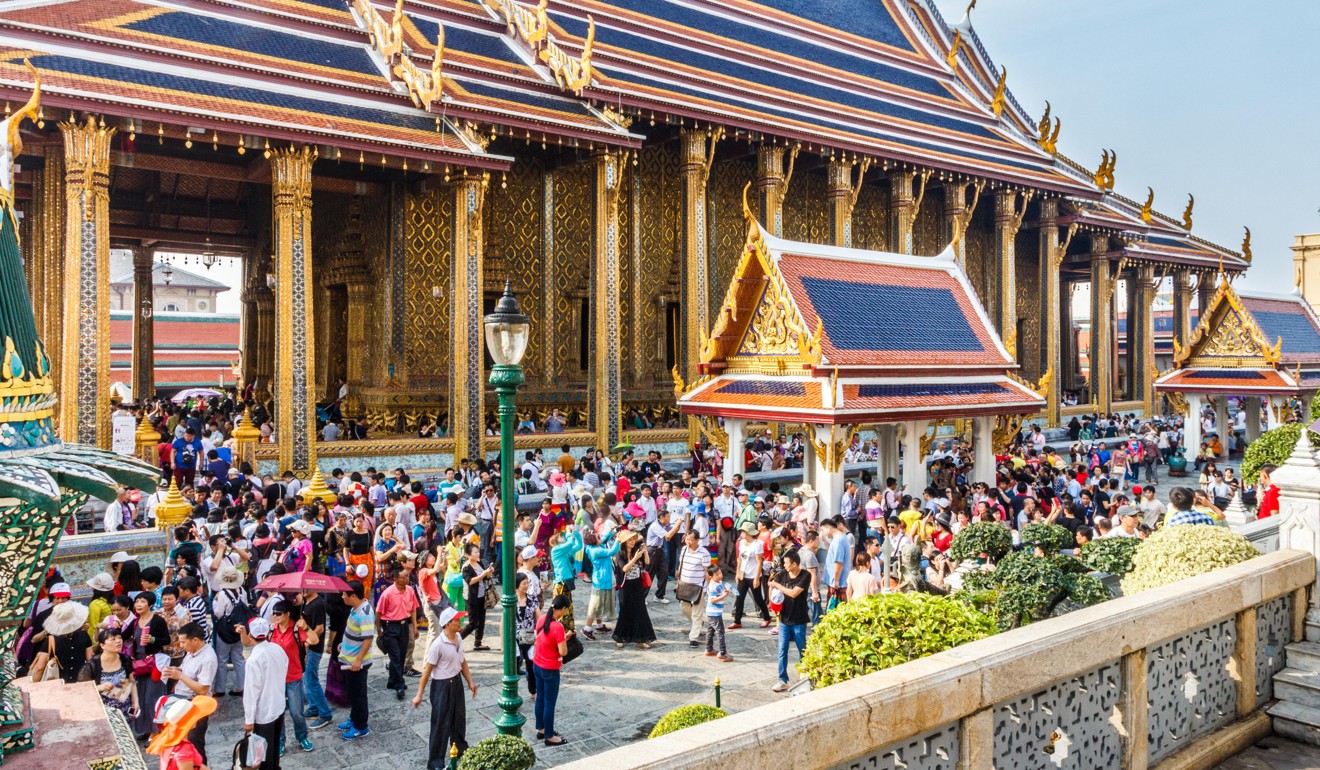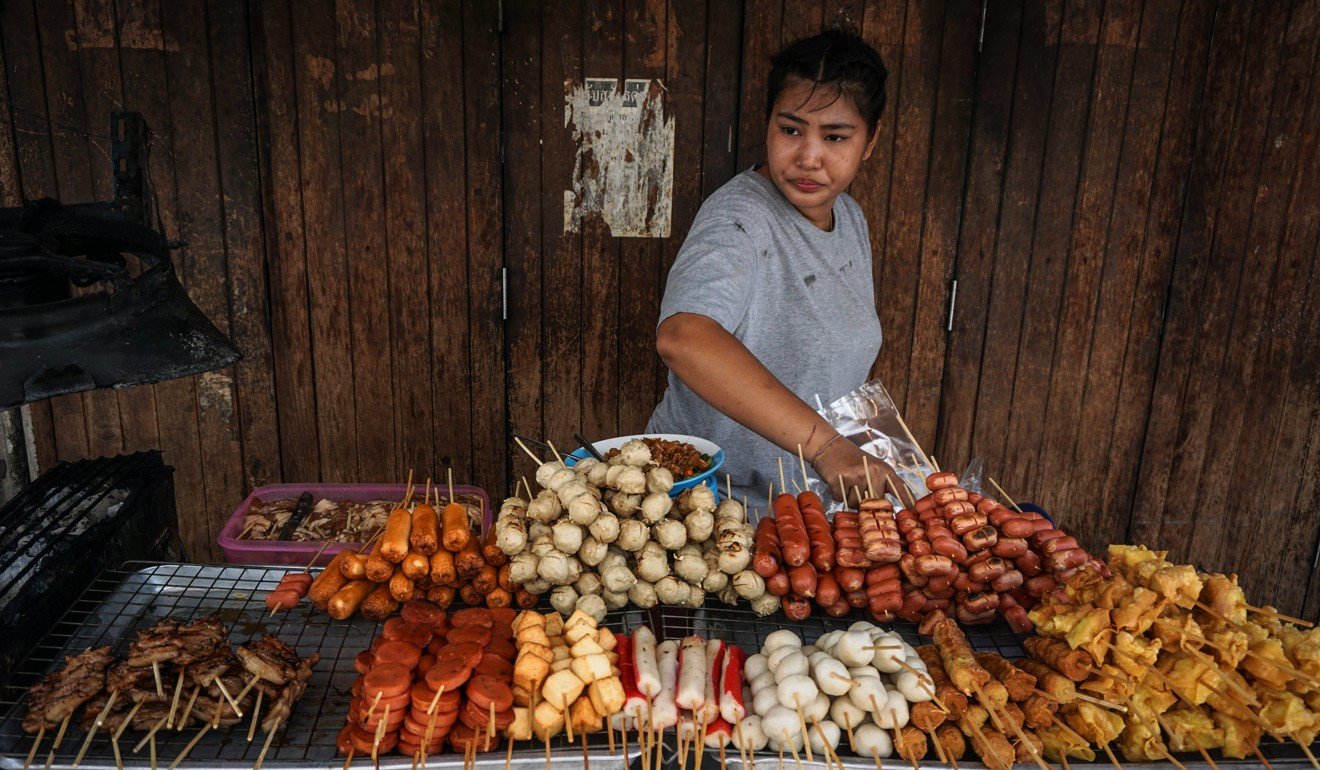Why Indian tourists are choosing THAILAND
Why Indian tourists are flocking to Thailand, where they may soon outnumber Chinese visitors
Take a walk around the markets of Pratunam in downtown Bangkok on any given weekday and you’ll soon discover there’s a new type of tourist in town.
For years, Thailand’s tourism scene has been dominated by Chinese visitors, with 10.5 million in 2018 alone – accounting for about 28 percent of total foreign arrivals.
But after a tour boat carrying mostly Chinese tourists sank off the southern resort island of Phuket in July last year, killing 47, the number of visitors from Thailand’s mammoth neighbour to the north – which had been increasing every year – began to tail off.
The Thailand deputy Prime Minister claiming it was ‘their own fault, not the Thais,’ didn’t help matters much.
In their wake, the number of tourists from India has now started to increase, with a record 180,000 visiting in June alone, according to the Thai tourism ministry.
More direct flights, a visa waiver and, most importantly, increasing wealth has spurred the number of Indian arrivals, which the Tourism Authority of Thailand says were up by more than 20 percent year on year in the first five months of 2019.
Arrivals from China, meanwhile, were 4 percent down over the same period – although that still equates to 4.8 million tourists, whereas just 787,195 came from India.
But the rapid expansion of its middle class has prompted Thai tourism officials to raise their estimates of how many visitors will come from India, with its population of 1.3 billion.
At least 10 million are now expected to arrive in 2028, a more than five-fold increase on last year’s visits.
That sort of growth trajectory would mimic the rise of Chinese tourists, from 800,000 in 2008 to more than 10 million last year.
Preecha Champi, a Thai Hotels Association board member, said Indian tourists differed from Chinese ones in that they rarely came as part of a tour group because they can speak English.
“There were 1.6 million Indians who visited Thailand in 2018 and we expect it to be 1.8 million this year,” he said.
“The Indian market shares a lot of similarities with the Chinese. Visitors from both countries can fly here in 3 to 4 hours, they have about the same population and have experienced GDP growth, but there are 600 million Indians who are younger than 25 years old and we think this group of people will be the future of Thai tourism.”
Parv Jain, an 18-year-old student from Punjab state, said he and a group of seven friends had flown direct to Phuket before travelling to the nearby resort town of Krabi and making a final stop in Bangkok.
“We stayed in Thailand for eight days and we each spent around 15,000 baht (US$486),” he said.
Tuhin Mitra from Kolkata, meanwhile, said he had been to Pattaya and loved that he could drink alcohol on the beach, something the 27-year-old cannot do back home.
In addition to visiting Thailand’s tourism hotspots, Indians are increasingly choosing the country as the location of their weddings – with some 200 Indian couples tying the knot there each year, according to the Thai tourism authority.
“Couples and their families spend around 8 to 9 million baht (US$260,000 – US$290,000) per wedding package at Thailand’s five-star hotels in Bangkok, Hua Hin and Pattaya,” Preecha, of the Thai Hotels Association, said.
“There could be some 300 to 400 guests who fly in for three to four nights of celebrations and they consider Thailand a very cost-effective destination to host a wedding.”
When not splashing the cash on their nuptials, however, Indian visitors have gained a reputation as hard bargainers.
In the Indra market in Pratunam, for example, a stallholder was recently seen pleading for an extra 20 baht (7 US cents) after a group of Indian men haggled hard to get the price of four plastic raincoats down from 156 baht down to just 100.
“I had to sell a bag at half the price,” said another stallholder, who did not want to be named. “But without the Indians there is no one else.”
Ping, a souvenir seller in Pattaya, said Indian tourists “don’t have to spend a lot to enjoy shopping in Thailand”.
“While the Chinese who come with a tour group only spend money where the group make a stop, the Indians mostly shop at any market,” she said.
Nonetheless, Chinese shoppers still contribute more to Thailand’s economy than any other foreign nationality. Last year, they spent some 120 billion baht, accounting for about 24 percent of total tourist expenditure.
They are not expected to spend quite so much this year, however, with a strong baht likely to deter the more price-conscious Chinese tourists.
India is projected to overtake China as the world’s most populous nation in eight years, and its middle class is forecast to keep expanding, so many in Thailand’s tourism industry are now looking west for the fuel of future growth.
“Indians are now driving industry growth like the Chinese had previously done,” said Kongsak Khoopongsakorn, vice-president of the Thai Hotels Association.
“But it’s important to spread the risk and have a good nationality mix in the market. We can’t rely on any single market.”







